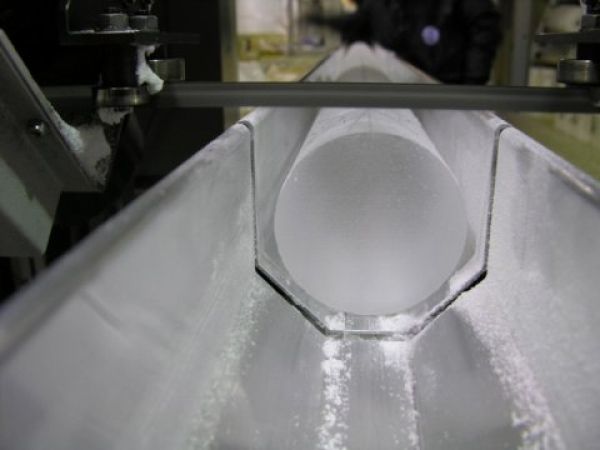A new study on ice cores shows that reductions in sea ice in the Arctic in the period between 30-100,000 years ago led to major climate events. During this period, Greenland temperatures rose by as much as 16 degrees Celsius. The results are published this week (Monday 11 February) in Proceedings of the National Academy of Sciences (PNAS).
A team from British Antarctic Survey (BAS), University of Cambridge and University of Birmingham studied data from ice cores drilled in Greenland. They looked at oxygen isotopes and compared them to climate models run on the ARCHER supercomputer1. From this they determined that sea ice changes were massively significant in past climate change events in the North Atlantic. These periods, called Dansgaard-Oeschger events2, are some of the fastest and largest abrupt climate changes ever recorded. During some of these events, Greenland temperatures are likely to have increased by 16 degrees Celsius in less than a decade.
Lead author, Dr Louise Sime, a climate scientist at BAS says:
“For years scientists have been puzzled about the correlation between Arctic sea ice loss and the extreme climate events found in the ice core record. There were at least four theories being mooted and for two years we’ve been investigating this problem. I’m delighted that we have proven the critical importance of sea ice using our numerical model simulations.
Read more at British Antarctic Survey
Image: Greenland ice cores provide a record of past climate. (Credit: British Antarctic Survey)


